
Orange Building
Genavee Lazaro
April 27 to May 15, 2019
Orange Building puts forward an understanding of how spaces and daily objects shape our sense of who we are. For Lazaro, the Orange Building was not simply her apartment, or her workplace – it lay in the streets of Quezon City where she walks on, it remained in the sites of her regular course, and the space where her life took place. The small and dusty corners of the building, its weirdly shaped interiors, and all of its broken features from sockets to ceilings and tiles – all of these are a reflection of Lazaro, and the past years of her life.
The artist primarily dwells on a playful and serene wonderment. Her works linger over the magnificent affairs that transpire particularly when we’re unaware. This very thought is manifested by a recurring group of high-spirited and impish cacti. These creatures act as the prime suspects for a lot of mysterious and tragic phenomena that happened in the room. They create a numinous feeling that hovers about the room, as they ironically evoke harmony.
Growing up in Los Baños, Lazaro was quite accustomed into living in greens, or seeing lively plants around her. The use of the Orange Building, then, offers many striking layers of subtlety that particularly depicts where she currently resides in. Living in a city, or a highly urbanized area where the common conception is to see everything in grey, Lazaro inspects something different. She conferred a certain color and value upon the apartment she stayed in which was Orange, a strong color teemed with energy and warmth – a spatial notion or an illusion that exposes every real space that goes on in her head.
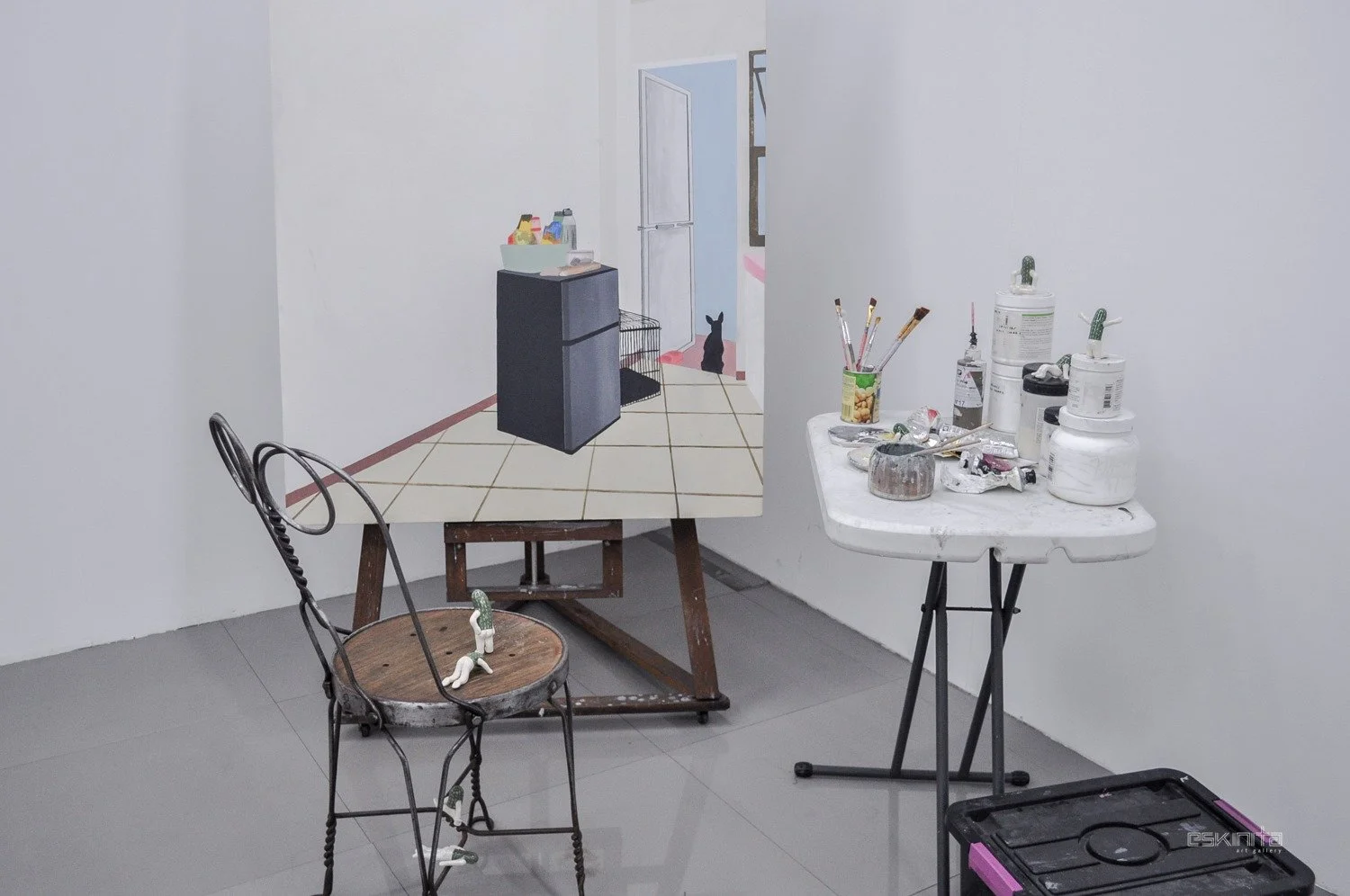



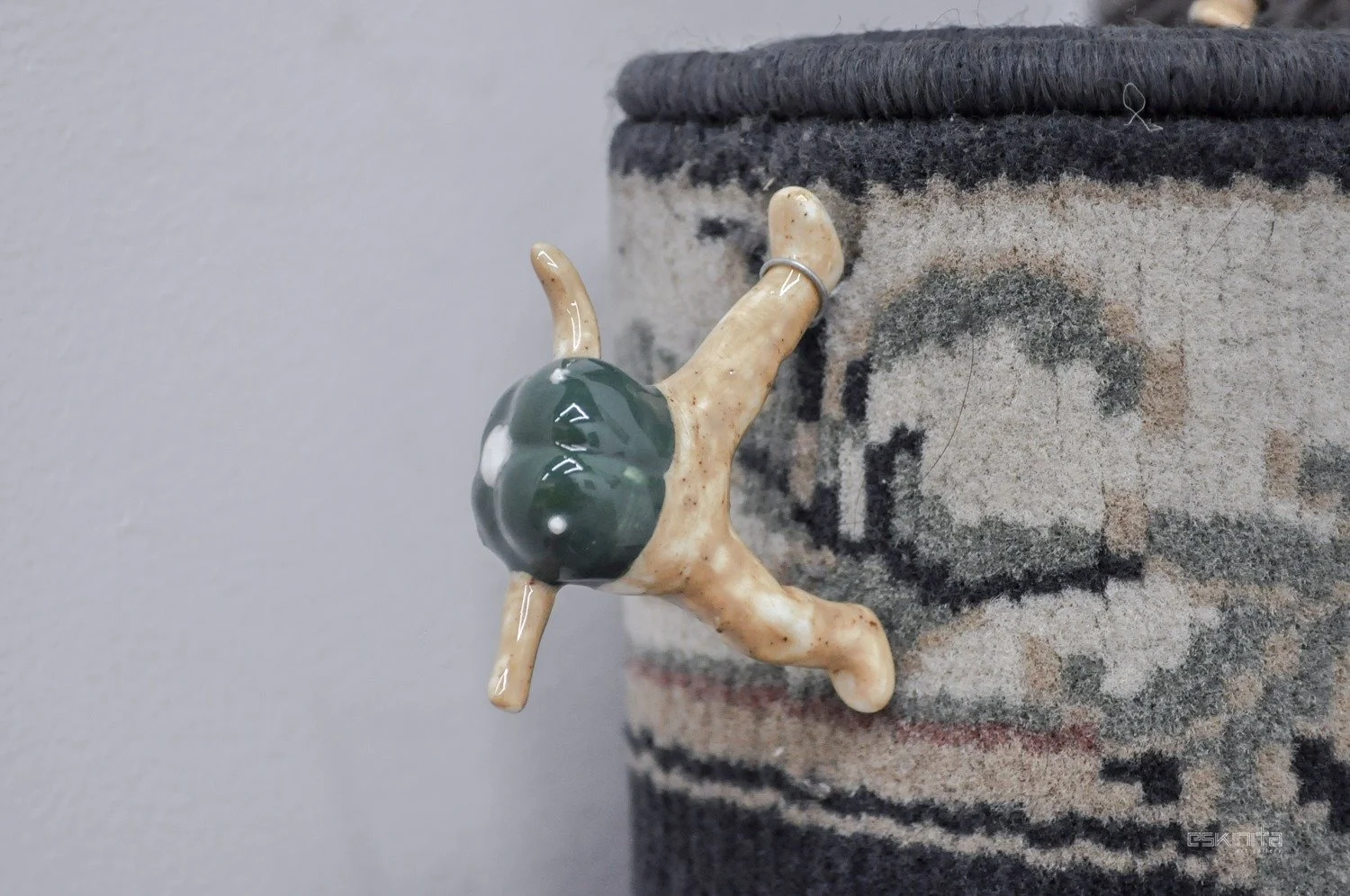
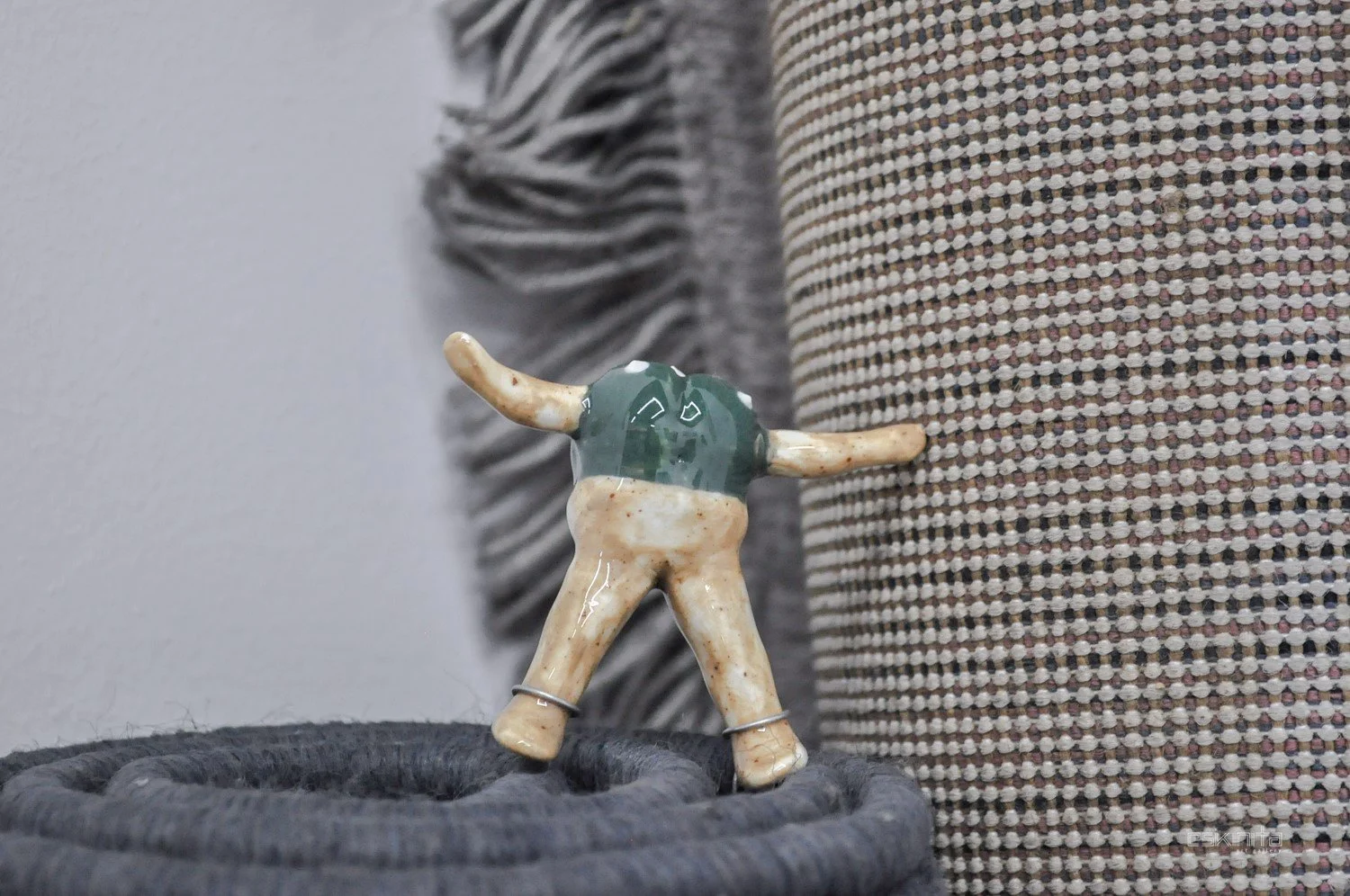
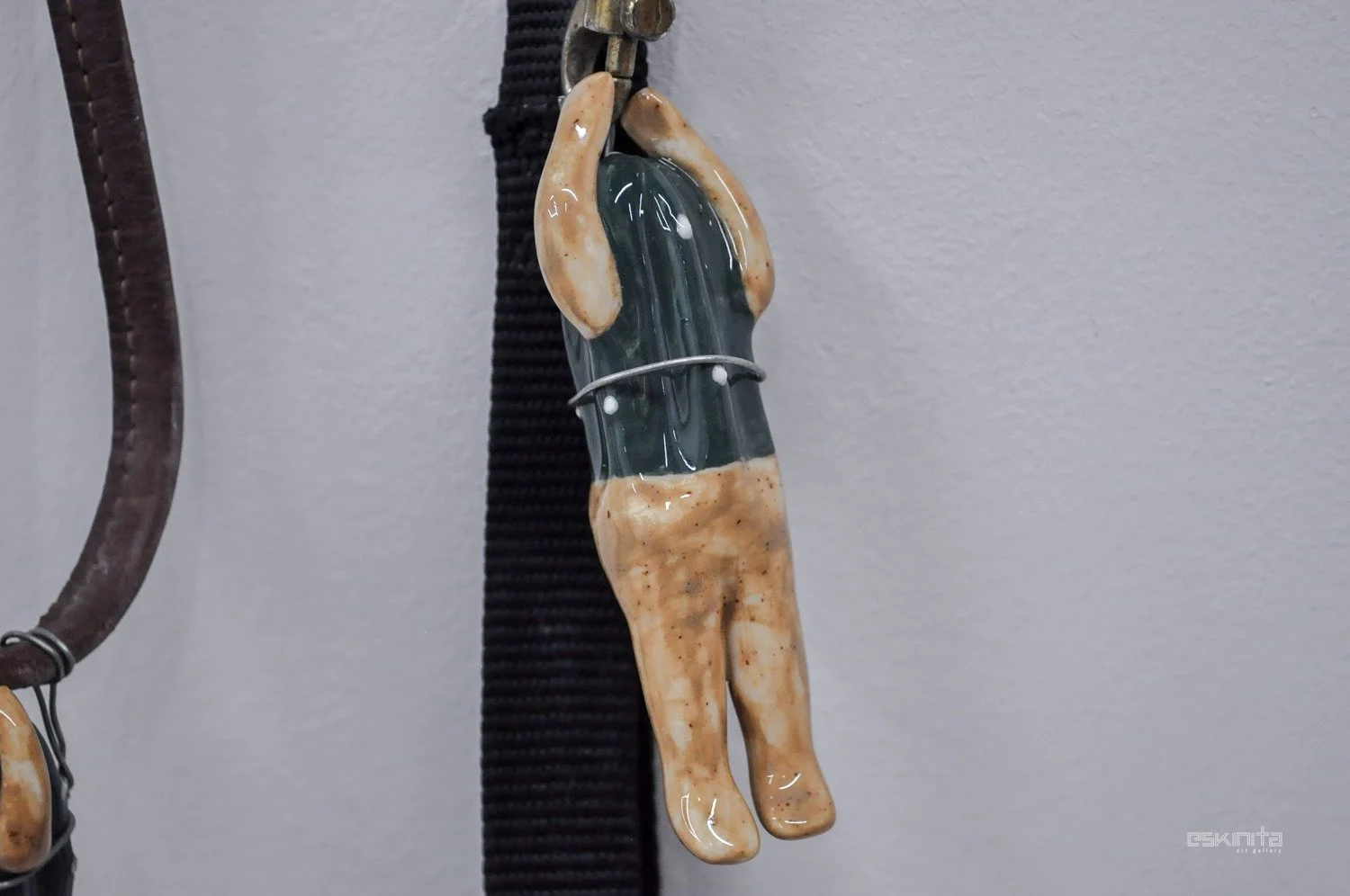


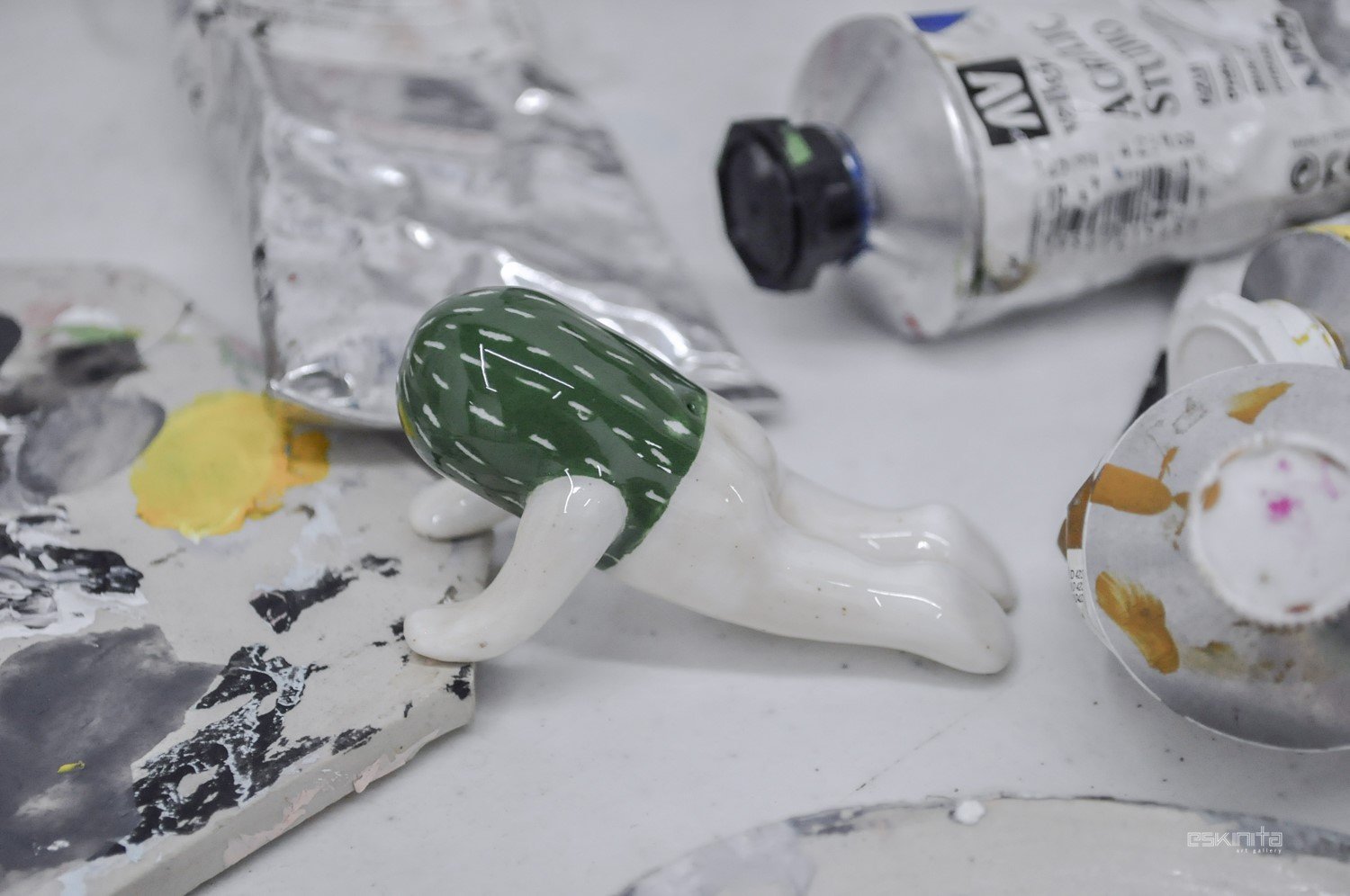
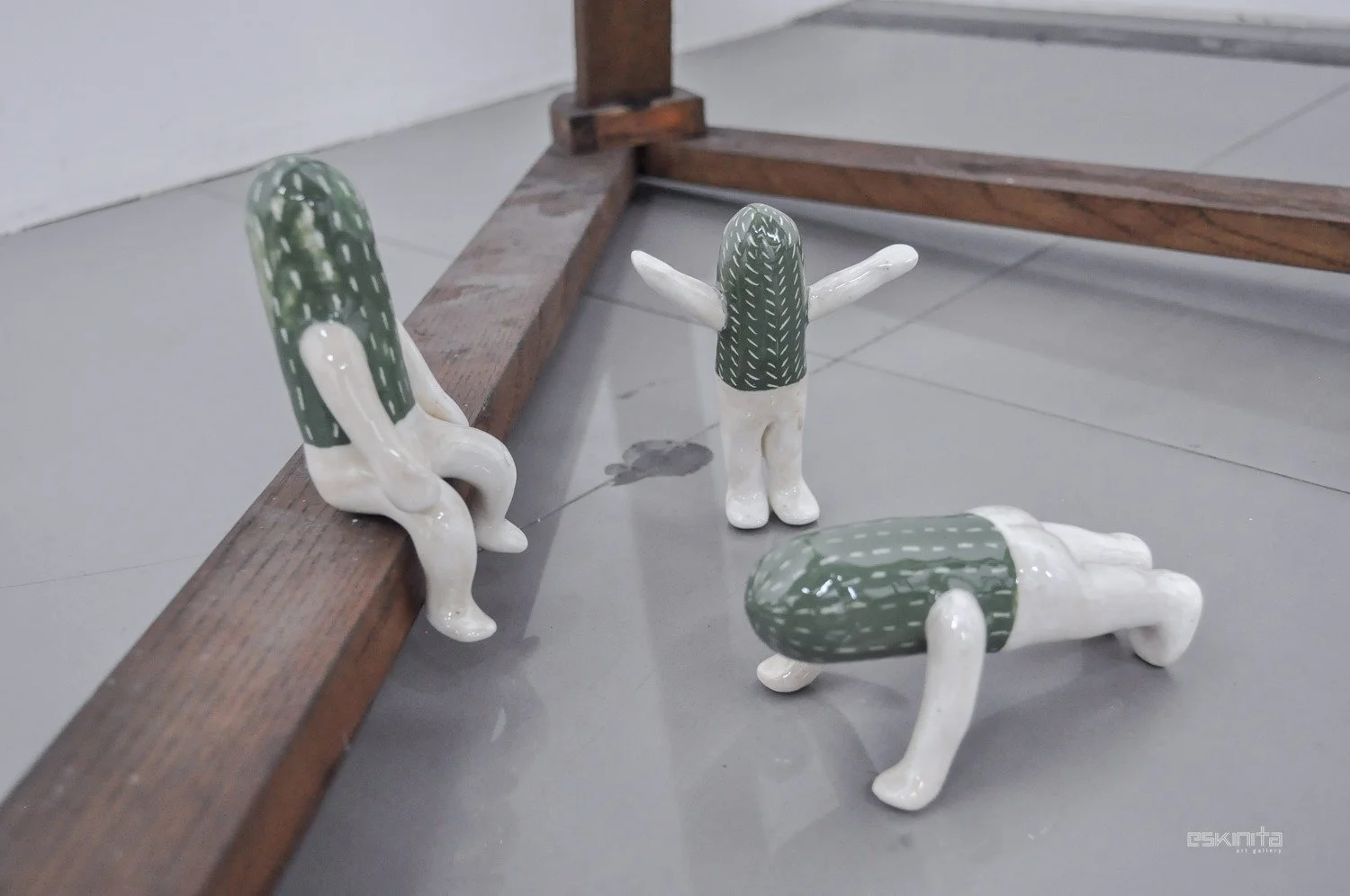


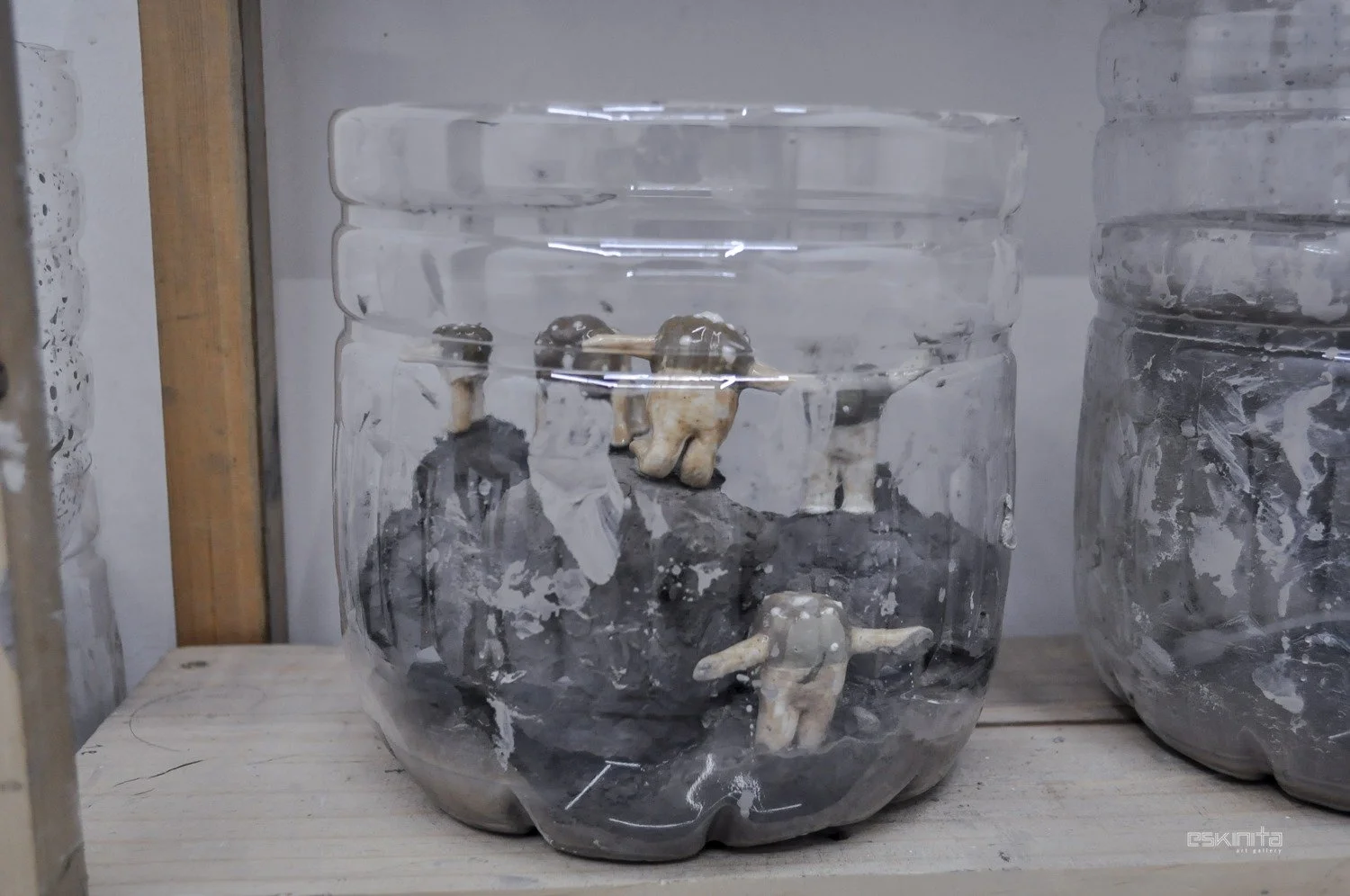
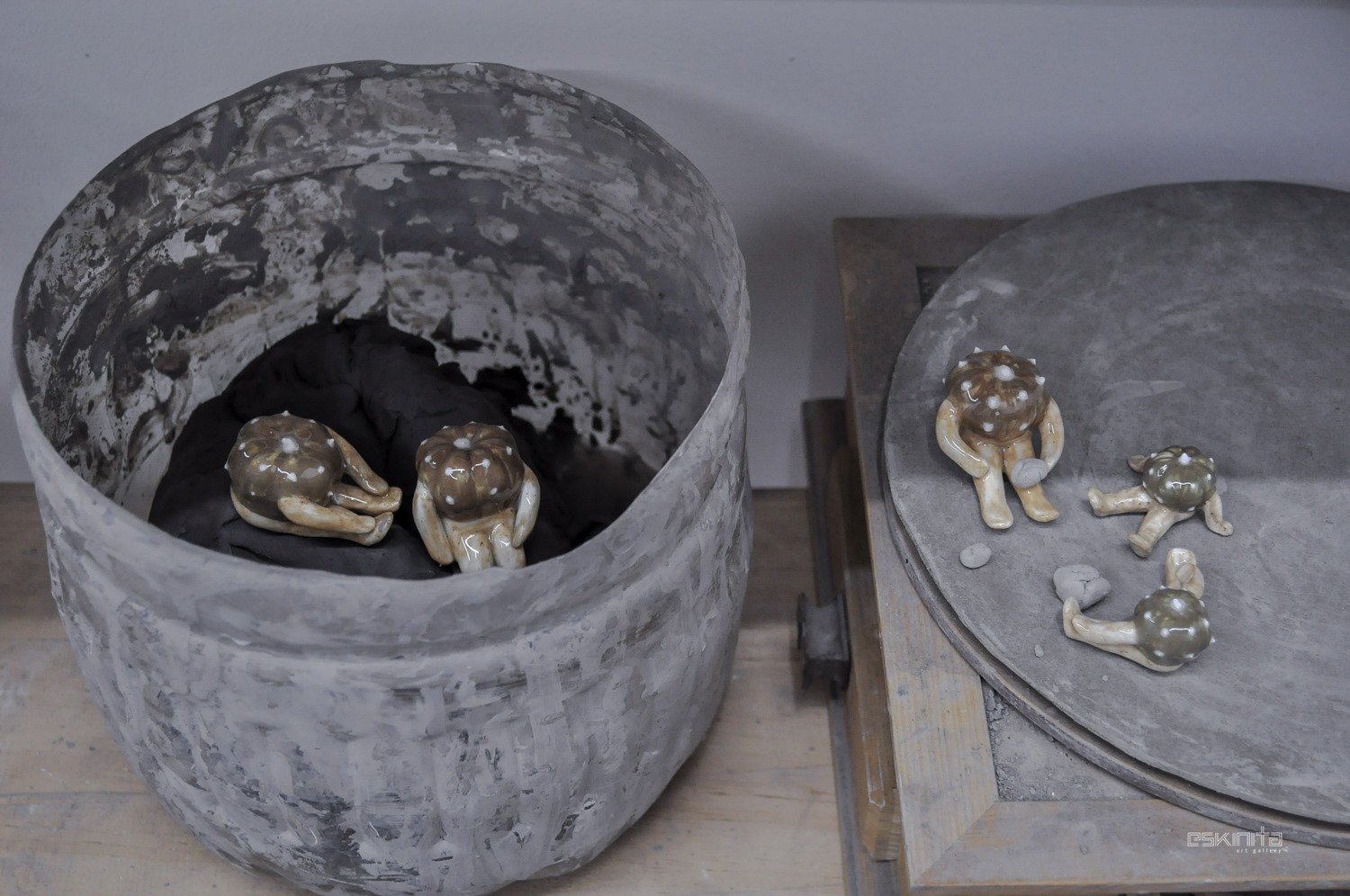
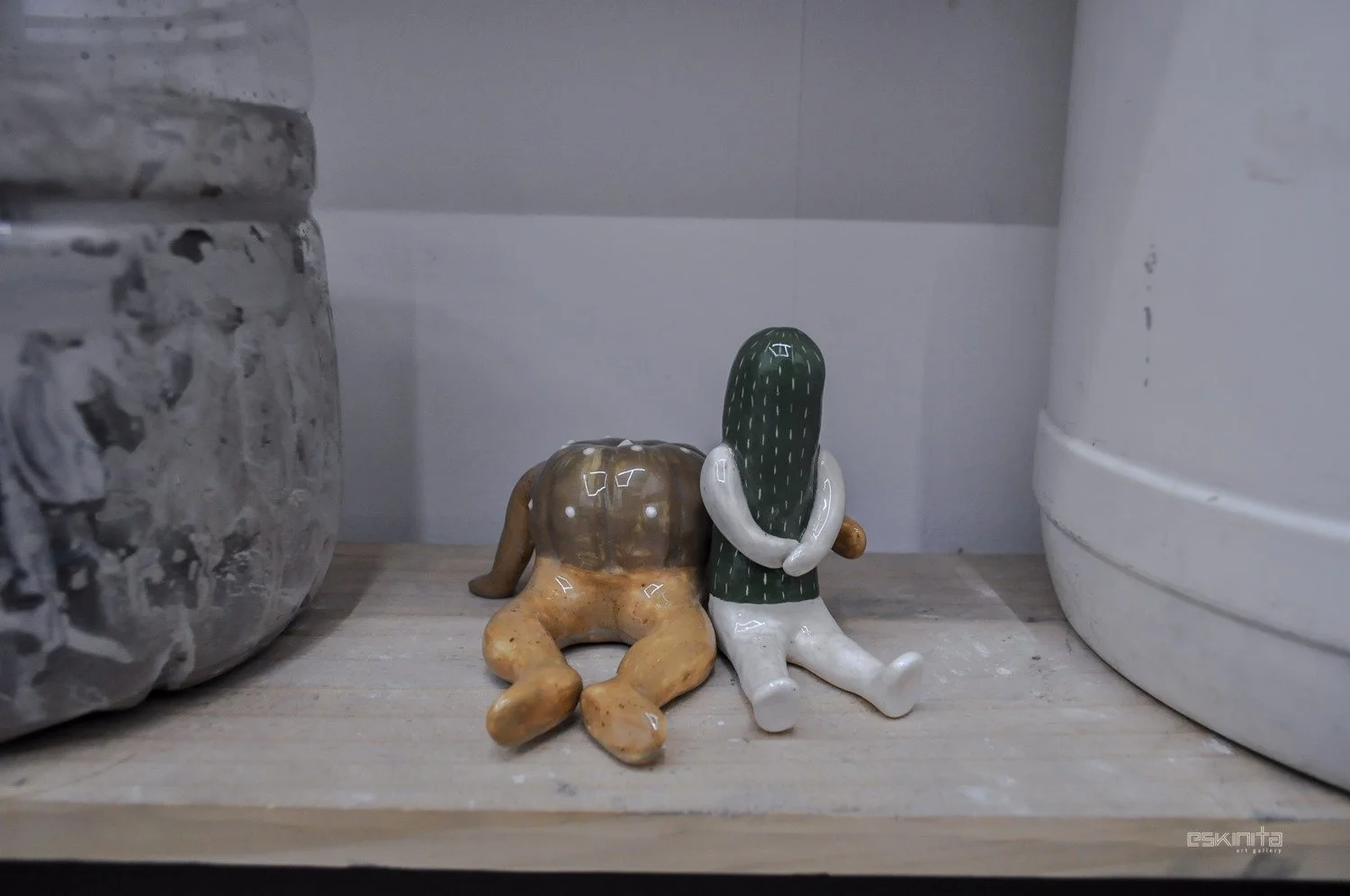


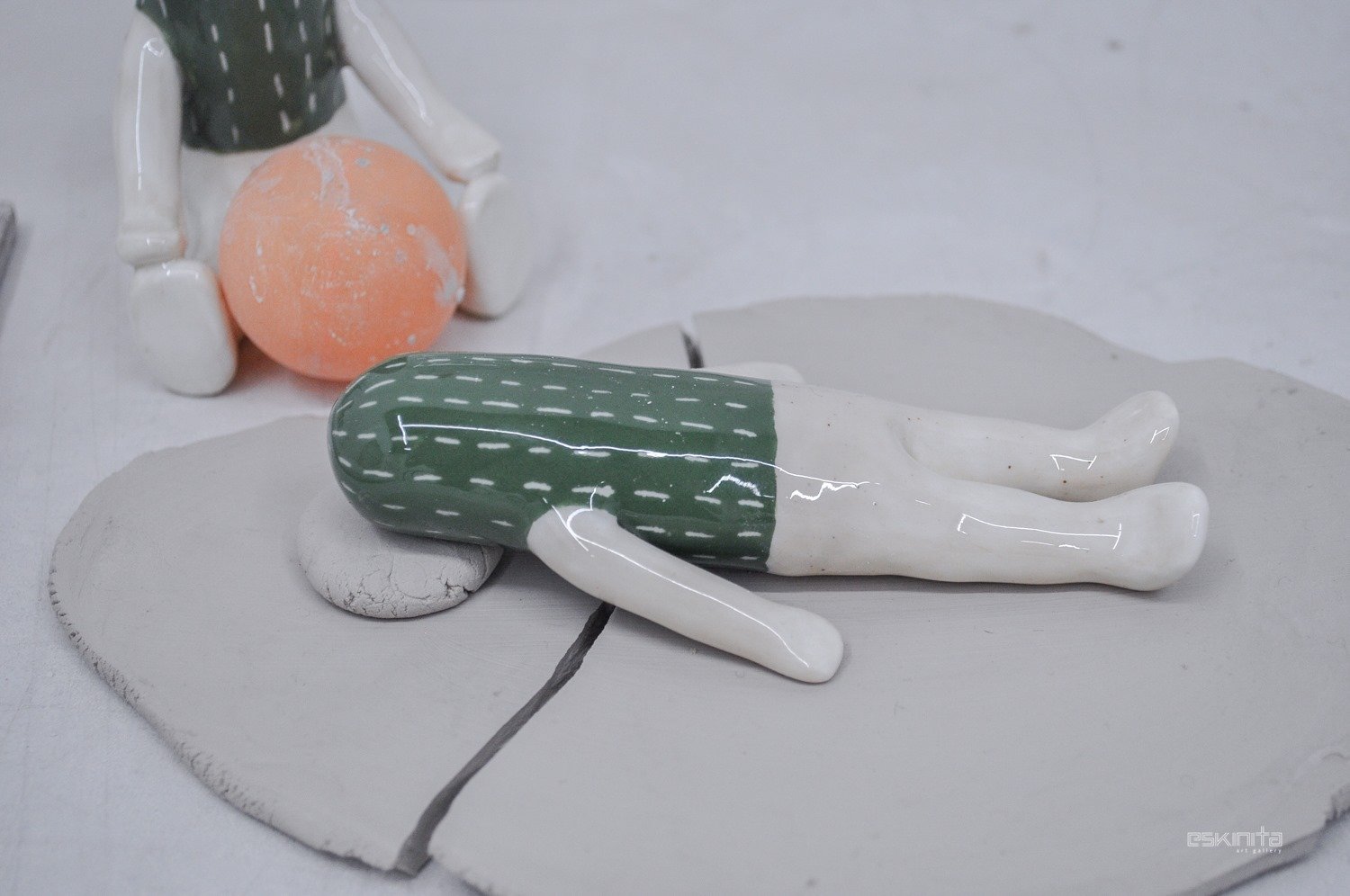

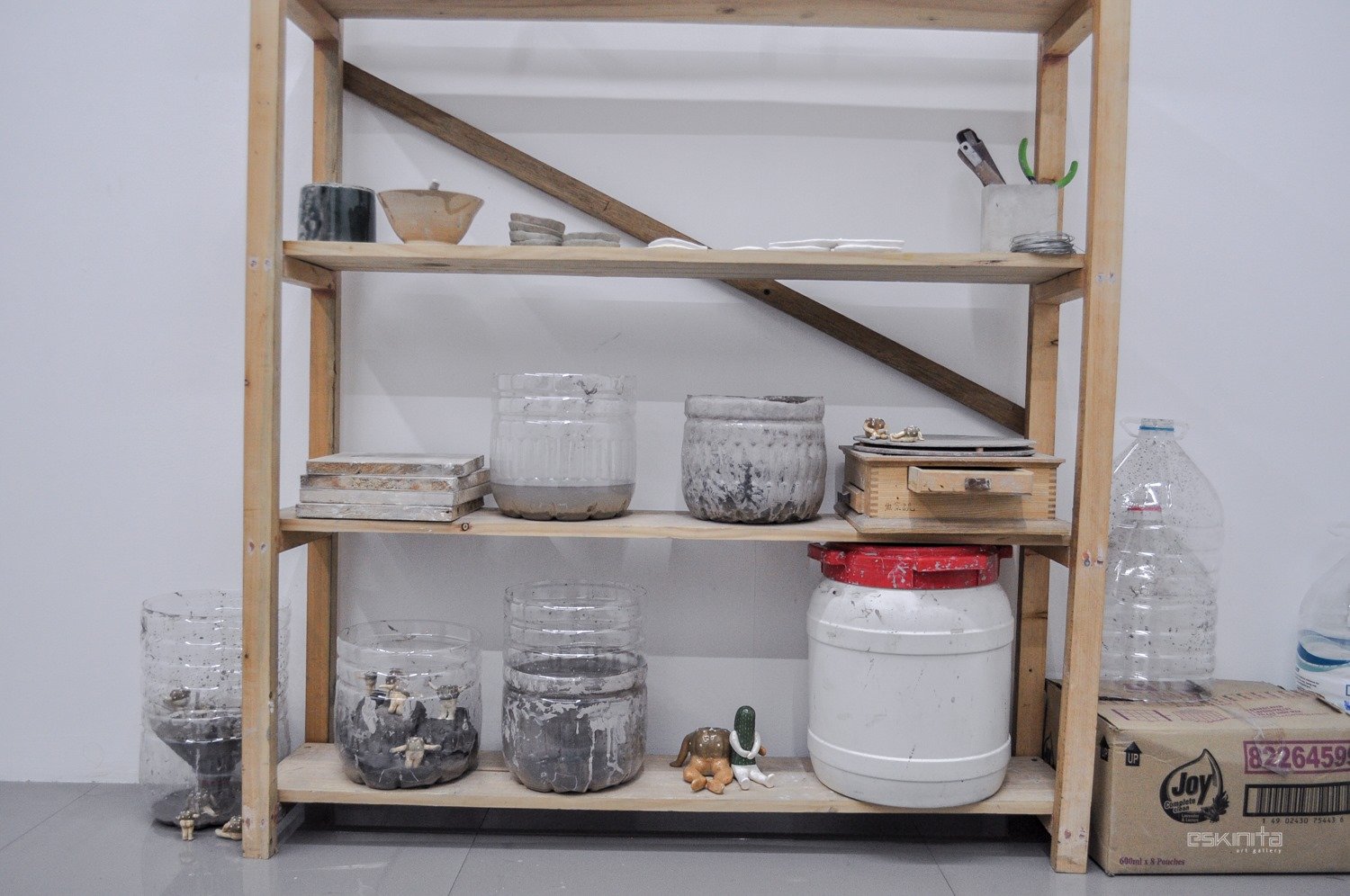

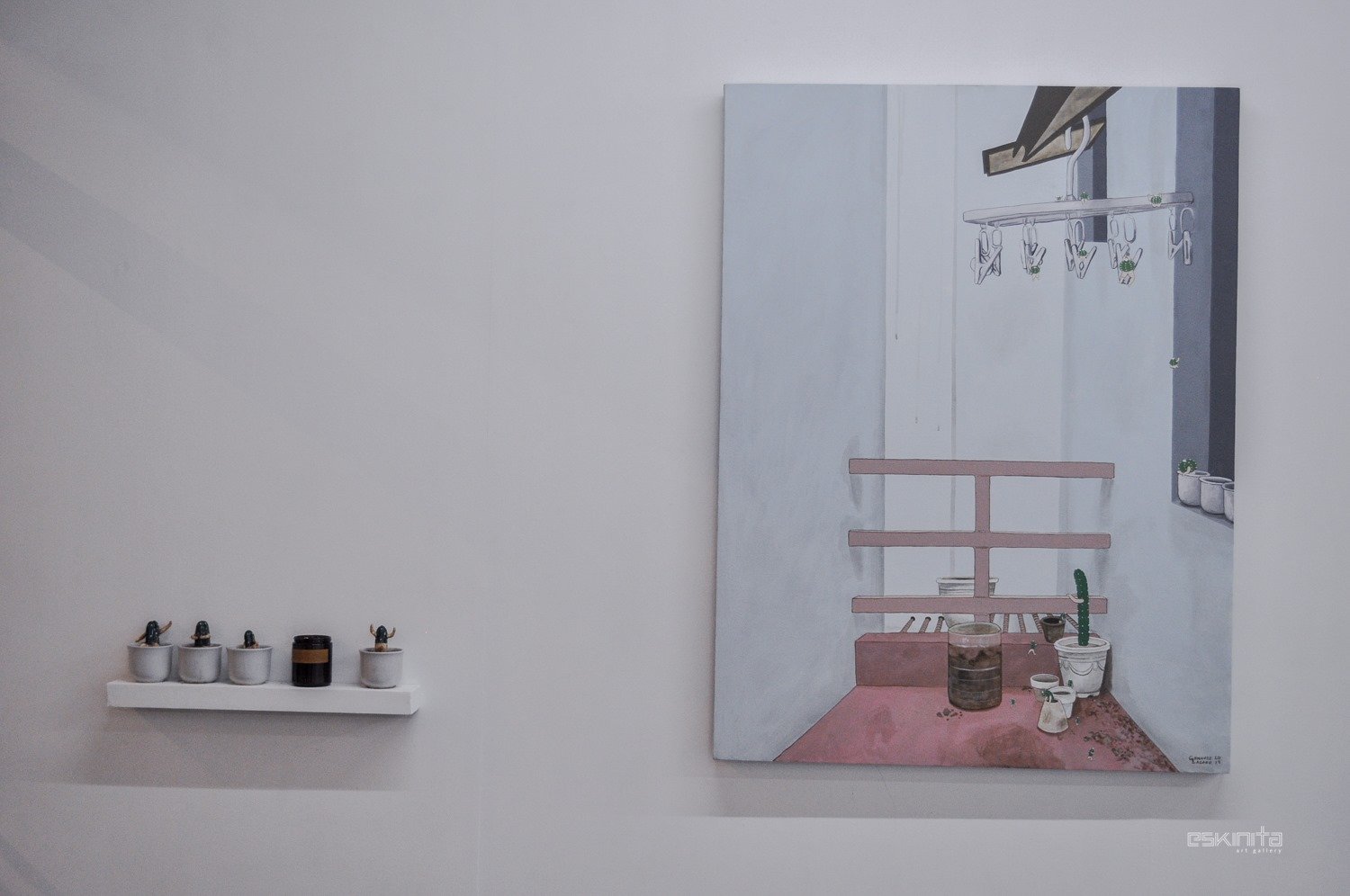

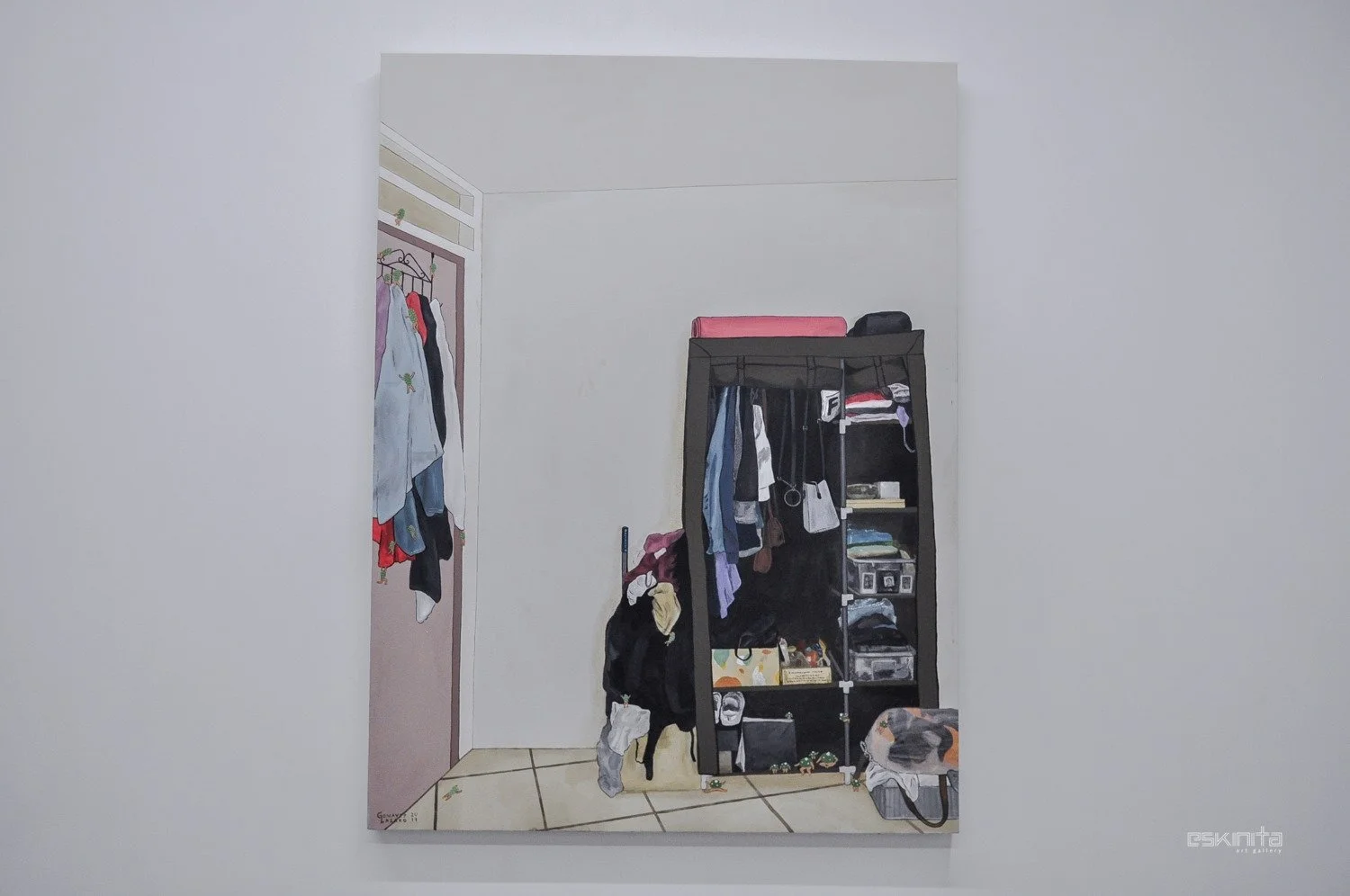


In this exhibit, we see the artist’s struggles, and we see how she endeavored those trials. She made use of the dichotomy of subject and object – of seeing the object as it is, and seeing its conferral value. Rather than succumbing to despair and treating the space as merely a space, she creates various stories in her head that brings about lightness in her life. She would refrain from stressing on broken things, and would picture the impish cacti as the main culprits. She has turned these non-mobile creatures into something mystical and wonderful, which has significantly changed her outlook in life.
But alas, the exhibit is a testament of the artist’s life. With all these corners and spaces she spent staring, one would have to wonder, how with a delicate glance, these fragile yet playful cacti can mischievously disappear, but shall remain with us – within our heads, and see what becomes of us.
-Karen Tesalona

